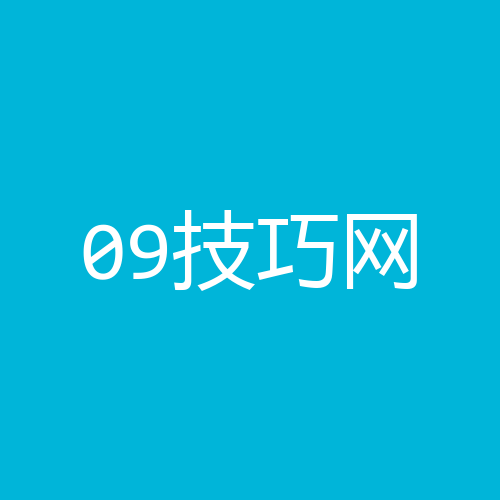专家:全球水河流已被处方药和非处方药污染
The world\'s rivers and fresh water systems are full of pollution from prescription and over-the-counter drugs and it is taking a toll on the environment and wildlife, experts say.
Scientists meeting Tuesday in Vienna say if no action is taken, the problem will increase by 65% by 2050.
The drugs include painkillers, hormones, anti-depressants and antihistamines.
Much of it ends up in the waters through human and animal waste because only small amounts are filtered out in treatment plants or absorbed into the ecosystem.
The drugs have caused sex charges in fish and amphibians and one type of anti-inflammatory drug has driven vultures in India close to extinction.
UN experts have also said medicines in the environment are helping create drug-resistant bacteria.
一些专家说,全世界河流和淡水系统受到处方药和非处方药的严重污染,影响到环境和野生动物。星期二在维也纳开会的科学家们说,如果听之任之,这个问题的严重性到2050年将增长65%。
这些药物包括止痛药、激素、抗抑郁药和抗组胺药。
这些药物只有很少一部分在水处理过程中滤除或由生态系统吸收,大部分随人畜的排泄物进入水系统。
药物导致鱼和两栖动物的性别发生变化,有一种消炎药导致印度的一种秃鹫几乎灭绝。
联合国专家说,环境中的各种药物还导致抗药细菌的生成。
处方药与非处方药 什么叫处方药和非处方药 非处方药和处方药有什么区别 非处方药有哪些 处方药 处方药和非处方药的标志区别 非处方药是什么意思 处方药是什么意思版权声明
本文来自投稿,不代表本站立场,转载请注明出处。
